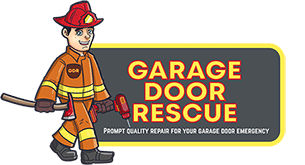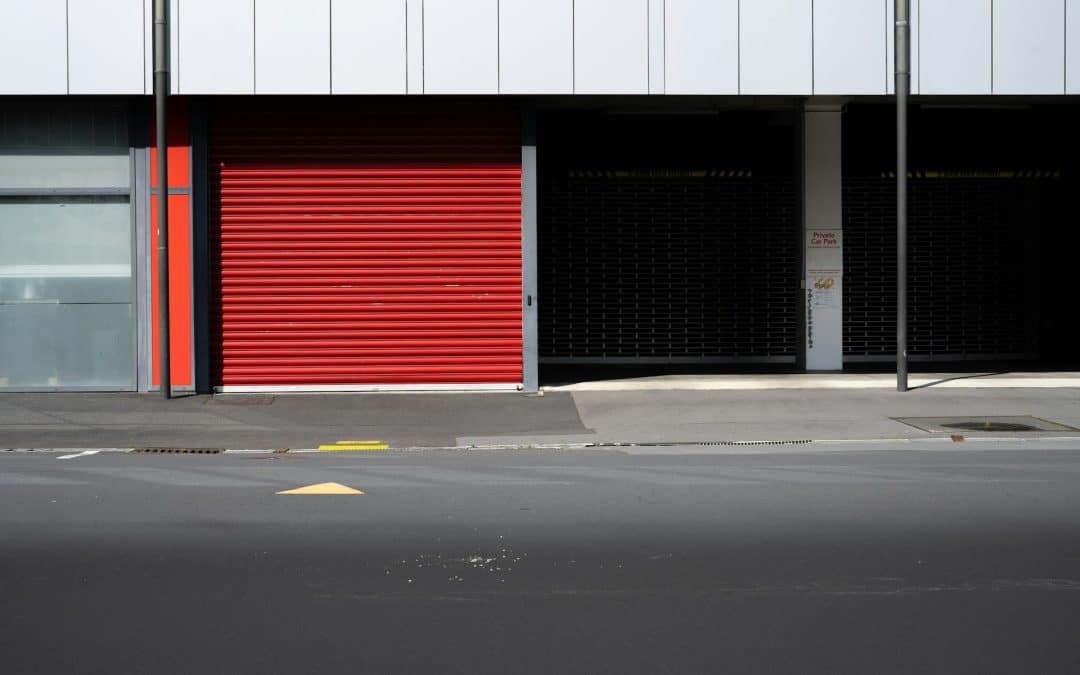Garage doors are a vital part of our homes, providing convenience and security. However, these heavy doors require regular maintenance to ensure they operate safely. One critical aspect of maintaining a garage door is checking its balance. An unbalanced garage door can lead to unsafe conditions and costly repairs if not addressed promptly.
Understanding how to recognize and test for balance issues helps keep your door functioning smoothly. Whether it’s preventing annoying noises or ensuring the door opens and closes properly, a balanced garage door enhances safety and performance. By taking a proactive approach, you can extend the life of your garage door and avoid unexpected problems down the road.
Recognizing the Signs of an Unbalanced Garage Door
Spotting an unbalanced garage door early can save you from bigger problems later. One of the most common signs is uneven door movement. If your door wobbles or shifts as it moves, it’s a good clue that it’s not balanced. Strange noises, like grinding or scraping, also point to a balance issue. These sounds often mean the door isn’t gliding smoothly along its tracks.
An unbalanced garage door affects more than just noise and movement. It can also make the door harder to open and close. This struggle might put extra strain on the opener, potentially leading to costly repairs. Safety risks increase, too, because a door that suddenly falls or won’t stay open can pose a hazard to people and pets.
Watch for these signs regularly to catch balance problems early. Stay alert to how the door looks and sounds during operation. This awareness is key to maintaining both function and safety, ensuring your garage door remains a reliable part of your home.
Tools and Preparations for Checking Balance
Before you begin a balance test, gather the right tools and make some preparations. Start with a few basics: a sturdy ladder, a level, a pair of locking pliers, and a wrench. These tools help you perform the test safely and accurately.
Safety should be your top priority. Begin by disconnecting the garage door opener, which allows you to test the balance manually and prevents accidental activation. Make sure all family members know you’re working on the door to avoid interruptions. Wearing gloves can protect your hands from sharp edges and provide a better grip.
Clear the area of any obstacles around the door. This ensures you can move safely and prevents tripping while you work. Inspect the door for any visible damage like cracks or warping, as these could affect the test’s accuracy. Preparing properly sets the stage for a smooth and safe balance check, helping you pinpoint issues and make informed decisions about maintenance and repairs.
Inspecting and Improving the Track
To ensure your garage door functions correctly, it’s important to keep the track in good condition. Start by checking the tracks for any bends or debris that could cause the door to reverse. Even small objects stuck in the track can lead to problems.
- Begin by looking for visible bends in the track. If you spot any, gently straighten them with pliers, being careful not to damage the track.
- Clean the track thoroughly. Remove dust, dirt, and any small objects that might obstruct the door’s movement.
- Lubricate the tracks to help the door move smoothly. Use a silicone-based lubricant for the best results.
Simple adjustments and regular cleaning can prevent many track-related problems. However, if the track is severely damaged or the door still reverses after your attempts to fix it, consider reaching out to a professional for help. It’s important to ensure the track allows your door to operate safely and smoothly.
Troubleshooting Opener Settings
Garage door openers come with settings that control how the door opens and closes. Force settings determine the amount of pressure needed to move the door, while limit settings tell the door when to stop moving in each direction.
If your garage door keeps reversing, these settings might be off. To fix this, follow these steps:
- Check the force settings. If the door struggles or reverses, increase the force slightly to help it close properly.
- Adjust the limit settings if the door doesn’t fully open or close. This involves tweaking the screw or dial on the motor to change where the door stops.
- Test the door after each adjustment to see if it operates correctly. Repeated small changes work better than major shifts.
Regular maintenance helps prevent settings from drifting out of alignment over time. Keeping an eye on these settings ensures your garage door runs smoothly and reduces the likelihood of reversal.
Conclusion
Keeping your garage door running smoothly involves understanding and addressing common problems like reversing doors. By checking sensors, maintaining the track, and adjusting the opener settings, you can prevent many of the issues that lead to malfunction. Regular inspection and maintenance are vital to ensuring the safety and functionality of your garage door.
If you find your garage door still behaves erratically after trying these solutions, it might be time to seek professional help. Expensive repairs or replacements can be avoided by getting expert advice early in the process. At Garage Door Rescue, we specialize in diagnosing and correcting these common problems. Contact us today for a consultation and ensure your garage door is in top-notch condition. Our team is ready to provide garage door repair services to keep your home safe and secure.

